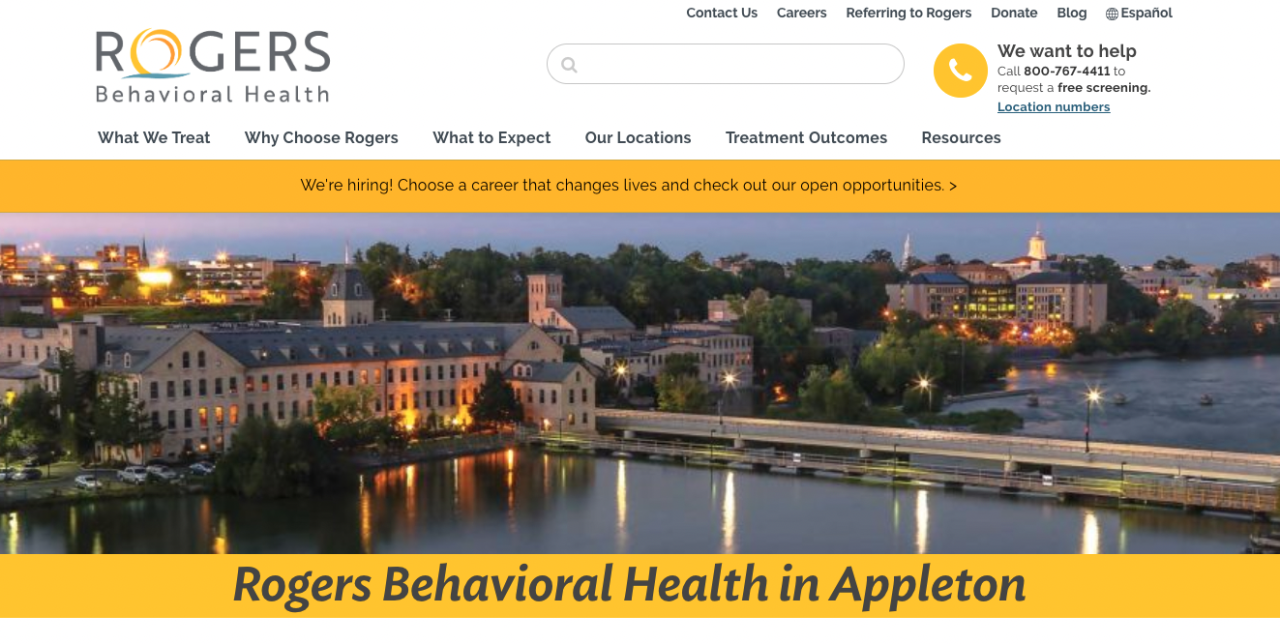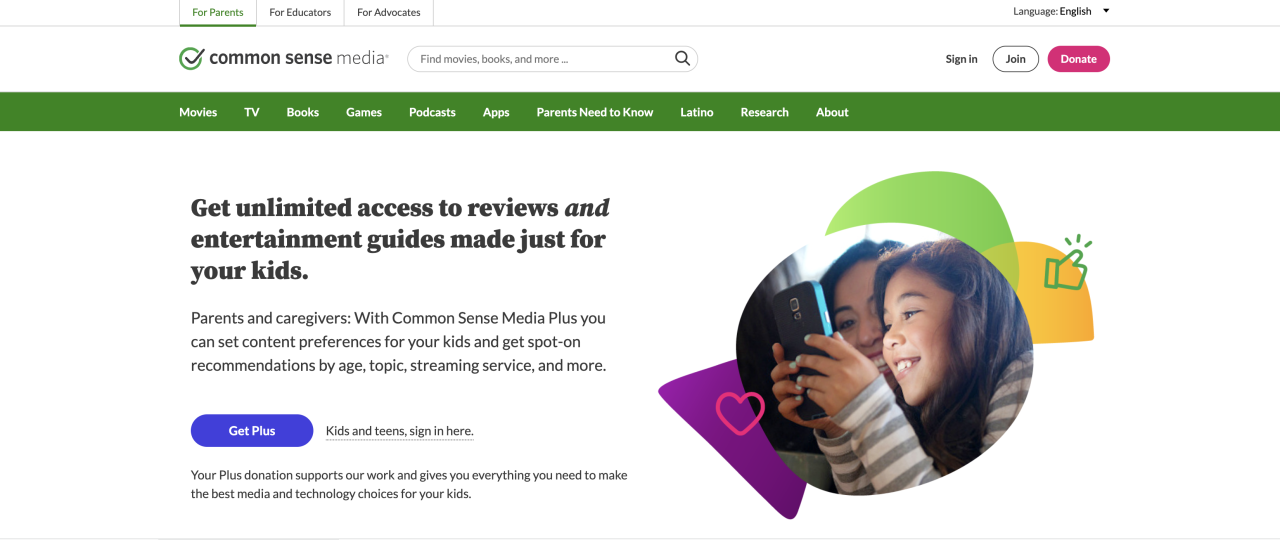As you read this story, your kids may be swiping the screen on TikToK, Instagram, or Snapchat, and if they are they're not alone.
A new study by Common Sense Media shows kids and teens spend 1.5 hours a day on social networking sites.
In part three of The Digital Drug, we explore the impacts of social media overuse on our kids. We will also explore some solutions, the action you can take right now and some resources every parent should know about.
PART 3
People of all ages spend time on social media but according to The American Psychological Association, it's more harmful to kids.
"When we look at adolescence, far more of what we see is a comparison of sorts. Whether it's comparing my life to someone else's or comparing how I look to someone else's," says Dr. Josh Nadeau, senior clinical director and an addiction specialist at Rogers Behavioral Health.

Those comparisons and compulsive clicks have evolved into an addiction.
"It is designed to reinforce very strongly, very rapidly, very consistently and it hits those dopamine centers in our brain, it's the same as it would with any drug that we use to ring about that feeling of getting that fix," adds Dr. Nadeau.
So, how do we begin to treat something that's invisible?
For starters; forget what you thought you knew about screen time.
"The problem with the concept of screen time is it actually can create more damage than good because it teaches kids that all activities that happen on the screen are of the same value, right?" Well, nothing could be farther from the truth," says Richard Culatta, CEO of the International Society for Technology in Education. (I.S.T.E.)

Culatta says 30 minutes of video gaming does not have the same value as 30 minutes of video calls with family or friends.
"Instead of talking about time, what we need to be talking about is what activities bring value. And when does any particular activity, start to get out of balance, start to take too much of our energy away from other healthy activities," Culatta adds.
Experts say we need to have boundaries and limits so social media is being used in a healthy way.
"There's a lot of focus on what I call the don't's of using technology; Don't spend so much time on it, and don't share your password. Don't be a jerk online, don't, don't don't, it's all these don'ts," Culatta says. "We have to flip that and say, here's what it looks like to be safe and healthy and inclusive, and, you know, collaborative in a virtual space."
"Kids are going to make mistakes in a digital world and it's our responsibility to guide them and to keep having open conversations," says Kelly Mendoza, Vice President of Education Programs at Common Sense Media.
Common Sense Media is a resource for technology education. They give kids the tools to grow up with technology and still have a balanced life.

"So we have a signature digital citizenship curriculum for K-12. It is available at no cost for schools because, thanks to our funders, we are philanthropically funded, it is available to schools for free," she says.
Both Common Sense Media and I.S.T.E. say they are working with some teachers across Wisconsin but they say there is still a long way to go.
"It's up to the districts in the school because we don't have a nationally mandated curriculum in this country but we do see states that are adopting policy and legislation," Kelly Mendoza of Common Sense Media says.
"If we don't embrace the smart use of technology, we will have taken away our children's ability to solve problems because all of the tough problems that we face that they're going to face in the future involve technology," says Richard Culatta of I.S.T.E.
So, let's be part of the solution and help teach our kids how to use technology in a safer way.
Here are some tips from Common Sense Media they recommend to get the conversation going with your kids (click here for the full list);
- Talk to your kids about the places they feel supported online.
Kids who feel safe, supported, accepted, and understood are better able to make it through difficult times.
- Ask if they ever see things online that make them feel unsafe.
Do they ever see racist comments, hate speech, sexual harassment, or bullying? How do they respond? Walk them through steps they can take.
- Think twice before taking away the phone.
Before you shut off the phone or tablet as a consequence of their behavior, think about whether they're using the device to cope with mental health problems.
- Pay close attention to social media if your kid is already struggling offline.
Watch for warning signs of mental health problems. These might include drug/alcohol abuse, loss of energy, frequent sadness, or avoiding contact with others.
- And, when talking to your kids isn't enough, parental controls can help you block websites, filter content, monitor their devices, and control specific apps. (Click here for Common Sense Media's Ultimate Guide to Parental Controls.)
Educators can sign up for I.S.T.E. U courses. I.S.T.E. officials say the U course focuses on providing bite-sized learning support for teachers around using technology, and ISTE Educator Certification which, they say is the only vendor internationally recognized certification for using technology effectively in learning.
You can contact Liz Lee, Director of Online Learning – llee@iste.org
or Carm Seitz, Certification Director – cseitz@iste.org
There is a cost to these services which can be found on I.S.T.E.'s website.
If you need help now you can contact the Crisis Text Line: Text HOME to 741741
Watch Part 1 and Part 2 of this special report below:






